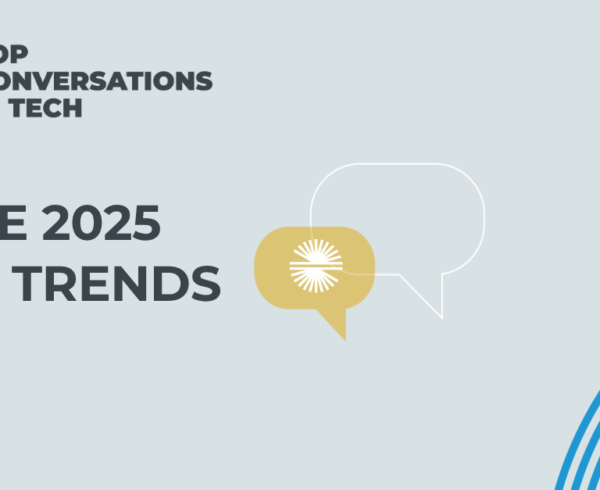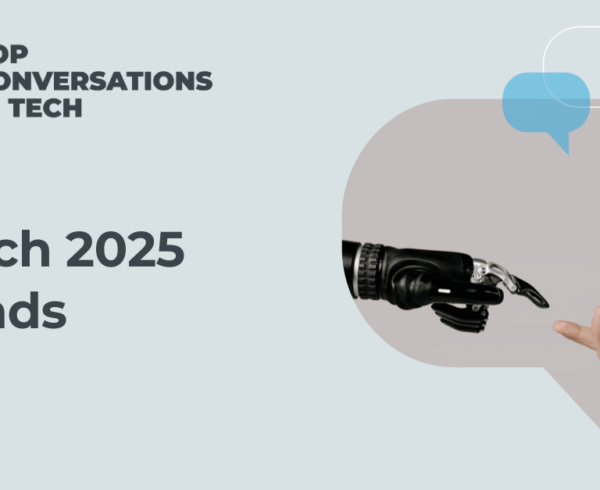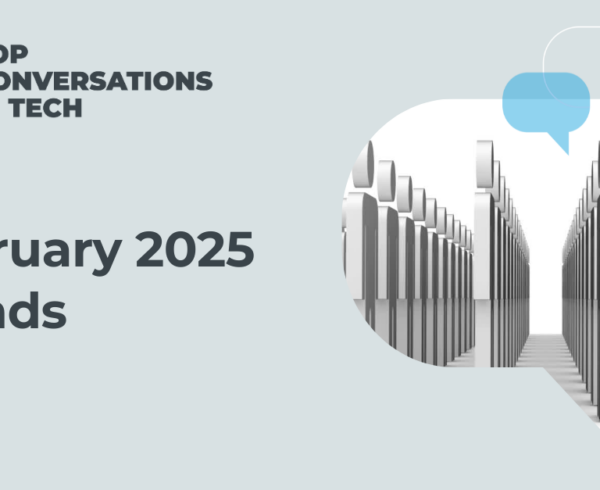Gartner and Forrester recently announced their Q4 earnings. Like most earnings reports, they don’t necessarily show the complete picture of each company – but they can provide great insight into the health and operations of what many consider to be the top two industry analyst firms out there.
After reviewing both announcements, as well as sitting in on an insightful discussion between analyst relations pros Carter Lusher and Duncan Chapple on what Gartner and Forrester’s Q4 numbers can tell us about their influence, here are some quick observations and their implications for engaging with Gartner and Forrester in the year ahead.
Gartner is still Gartner.
Vendor retention is trending down as many companies combat economic headwinds with layoffs and tighter budgets, including analyst spending. However, buyers continue to turn to Gartner analysts and research as key resources when making deals.
Advisory contract value and the in-person or over-the-phone interactions that influence buyer decisions continue to be Gartner’s bread and butter over major research like Magic Quadrants (MQs). And although MQs are still quite influential and aren’t going away anytime soon — you’d be hard pressed to find a buyer that doesn’t refer to them – they are losing ground to crowdsourced review platforms, as vendors look for more non-gated options to validate decisions with fewer resources.
Another major driver of influence comes from Gartner’s events series, which pulled in a staggering 75K attendees across their 47 events over the course of 2023 – far outweighing that of Forrester, which hosted just 11 events with under 5K attendees.
Forrester’s outlook isn’t great.
As Lusher pointed out, Q4 was the fourth quarter in a row of sliding “future influence” metrics:sales headcount, research contract value, clients, retention, and sales to vendors. Much of this trend is directly related to Forrester’s significant reallocation of analyst resources toward Gen AI technologies and research in 2023 and moving forward.
Forrester also appears to have a flat or declining headcount, which, combined with the AI focus, is leaving analysts spread too thin across coverage areas. This, in turn, is resulting in missed or pushed deadlines and wild inconsistencies in research calendars for many of the key reports Forrester provides in the form of new or refreshed Waves.
What this means for engaging with analysts:
- Despite many technology vendors cutting back on analyst subscriptions and access, Gartner should still be viewed as a priority and significant influence on buyers/deals.
- Forrester’s shift to AI is likely to have a negative impact on the firm’s ability to cover relevant markets and topics moving forward. If you’re considering participating in research like Waves, you may also want to reevaluate the ROI before doing so given recent challenges and inconsistencies.
- While decision makers still rely on major subscription research like MQs and Waves, crowdsourced enterprise IT reviews sites like Peer Insights, G2 and others are gaining steam as buyers look to do more with less and further validate purchasing decisions under tighter budgets.
- If you are interested in engaging with analyst firms but are limited in budget and aren’t sure where to invest, be sure to leverage your sales team. With their direct access to customers, sales can more easily inquire about and monitor value and usage of the various firms that matter most to your prospects.











